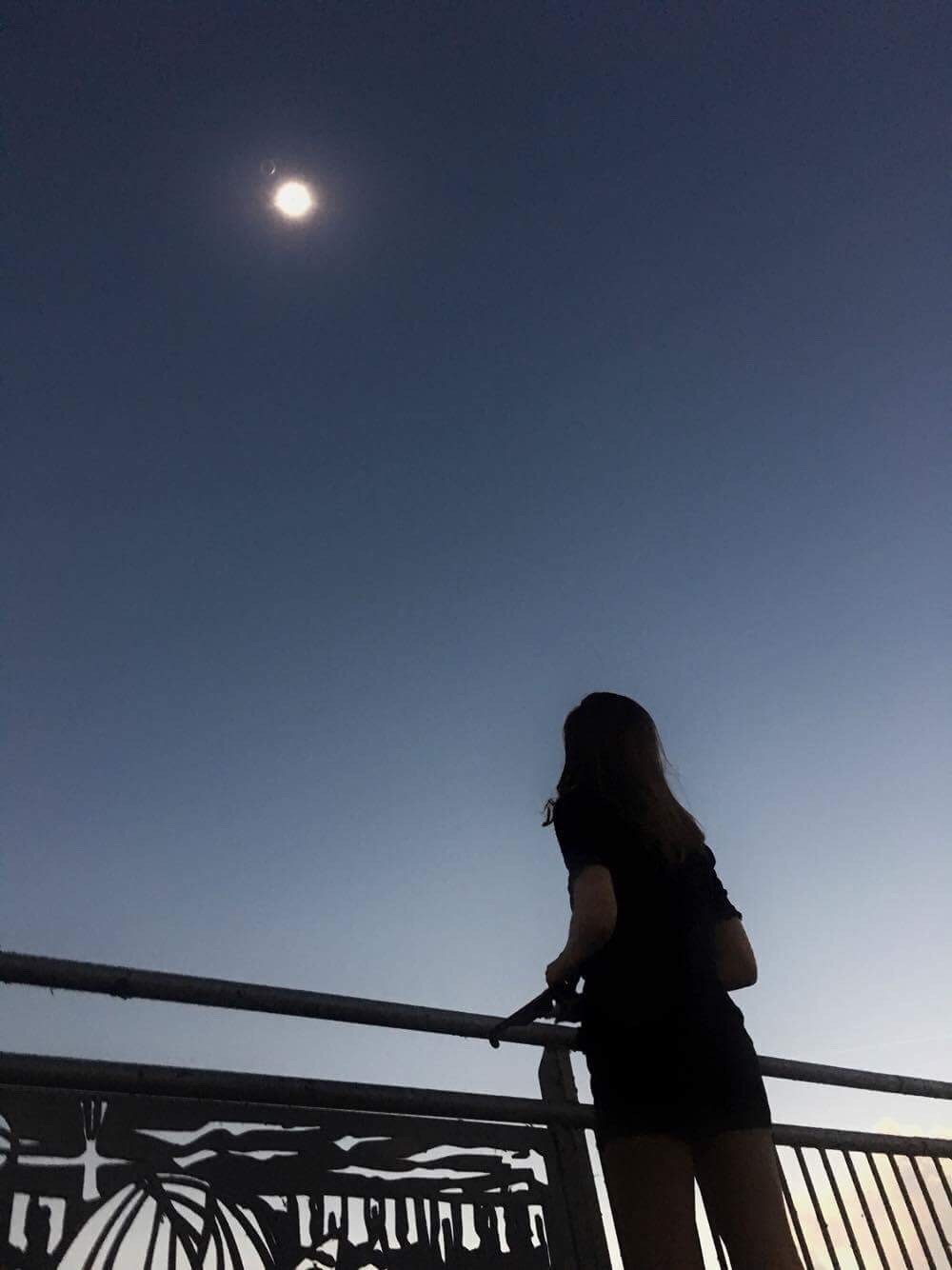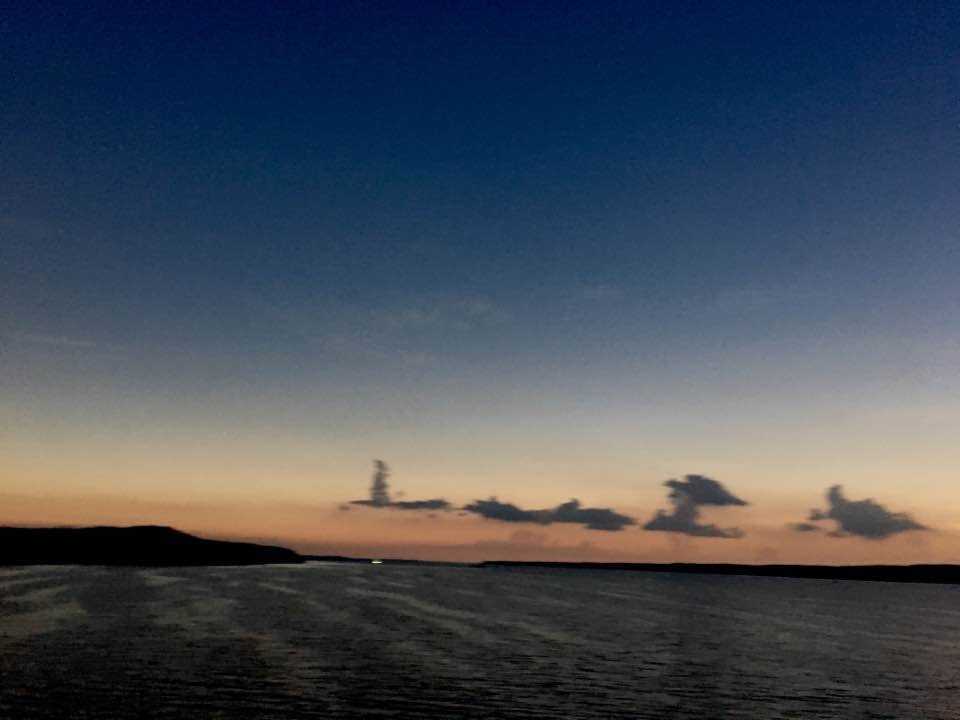 CNN
CNN
Chance the Rapper
As one does, Chance the Rapper announced in July — midway through an unannounced, newly released track, “I Might Need Security” — that he had bought a news outlet.
“I got a hit list so long I don’t know how to finish / I bought the Chicagoist just to run you racist bitches out of business,” Chance chants.
There was a time when this might have tugged at the edges of credulity: A popular musician buys a news outlet, and instead of a press release, drops a mention of the purchase into a song no one knew was dropping. Huh?
Today, while the media world is speculating about what Chance’s purchase of the Chicagoist will mean for its editorial content, we’ve grown accustomed to quick pivots and shifts — what journalism platforms exist, who owns what, who reads and talks about their work.
I came to work for Contemporary Media, the parent company of the Flyer, at the beginning of this year. I sensed in the team here a certain clarity of purpose that felt like cool water in an increasingly muddled and scorched climate. It’s not that the folks at the Flyer — and at Memphis magazine, our sister publication — always agree: Nope. It’s that we show up with an essential, guiding sense that local stories need telling, and need telling locally.
Globally, print advertising dropped 13.7 percent in 2009, and another 8.7 percent in 2016. In the years between and after, print advertising wasn’t soaring — just not falling quite so precipitously. Look, I’m an English major, and my graduate degree is in the super-marketable field of Renaissance poetry. But I can tell you this situation isn’t great for papers that rely on print advertising for sustenance. As this one does.
But the Flyer is lucky to have both loyal readers and loyal advertisers. That’s one of the beauties of Memphis: Folks stick together here, even when it’s not sticky-hot outside. But around the country, alternative newsweeklies — like the Flyer — have felt the effects of the changing media landscape, as the insatiable Googles and Facebooks of the world gobble up ad dollars.
The Flyer doesn’t charge for what we serve — in print or online; we believe there should be no economic barrier between Memphians and access to Memphis news and information. But even though my training is more in Edmund Spenser than in expenditures, I can tell you the combination of a free paper and a shrinking pot of ad dollars makes it a hustle to keep this paper in your hands or on your screen.
But this is Memphis: We know how to hustle. This spring, we introduced the Frequent Flyer program — a membership plan for loyal readers of the Flyer to support our reporters’ work of keeping the community informed and connected. So far, a couple hundred people have joined — not because they’re required to, and not because joining will get them T-shirts or snazzy lapel pins or their names printed in the paper a few times a year (see page 5).
We surveyed Frequent Flyer members about why they had decided to toss a few of their dollars our way each month, and their answers were simple: Even as it grows more challenging to produce local, quality reporting, people increasingly understand the value of it.
One member, Rosie Richmond Whalum, wrote, “I read the Flyer for relevant news — your many articles and information that keep us informed locally. And I like to hold a paper!”
Another, Tina Pierce Sullivan, a longtime reader, came to appreciate the Flyer most after leaving Memphis, then returning. “In 1990, I moved to Sacramento and then to San Francisco, and was struck by how much less interesting their equivalent weekly papers were. They didn’t have the soul that I’d quickly grown to love about the writing in the Memphis Flyer. When I moved back to Memphis, I was so happy to be reunited with the writing and commentary I could get in the Flyer.”
And William Cooper made a simple calculation: “I’d probably pay more than $5 a month for the Flyer if I had to, so it was an easy decision.”
Now’s a strange — and strangely invigorating — time to work in media generally, and in print media especially. Not only are ad calculations changing, but facts and the journalists who report them have come under attack in a host of ways. The stakes, if not the dollars, have never been higher. Which is why we keep hustling.
Anna Traverse is director of strategic initiatives for Contemporary Media Inc., the Flyer‘s parent company.
 Ziggy Mack
Ziggy Mack  Anna Traverse
Anna Traverse